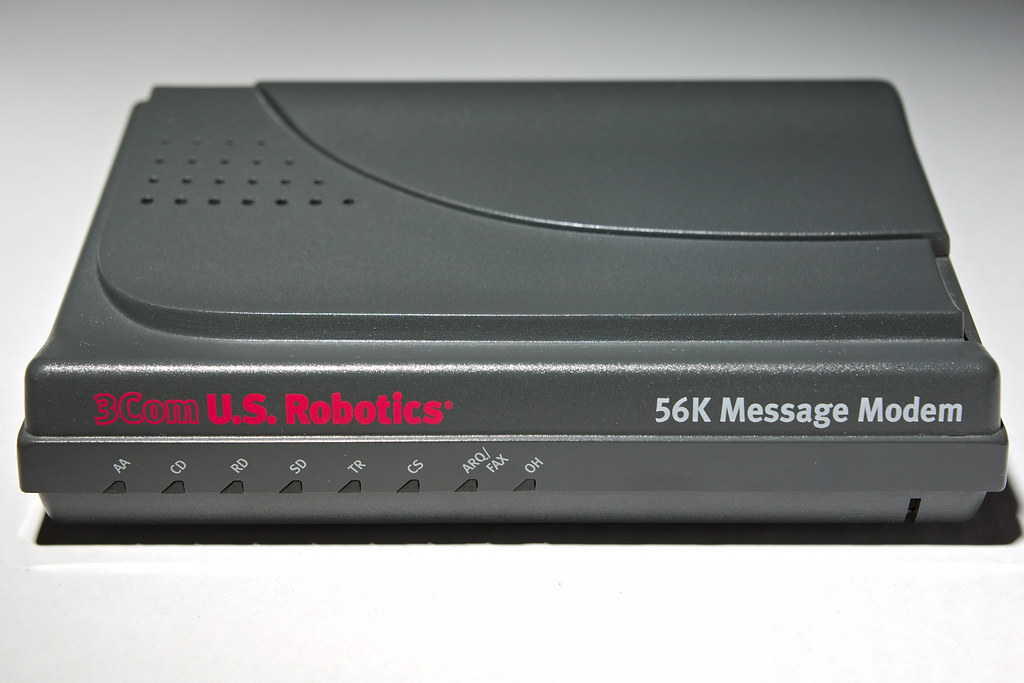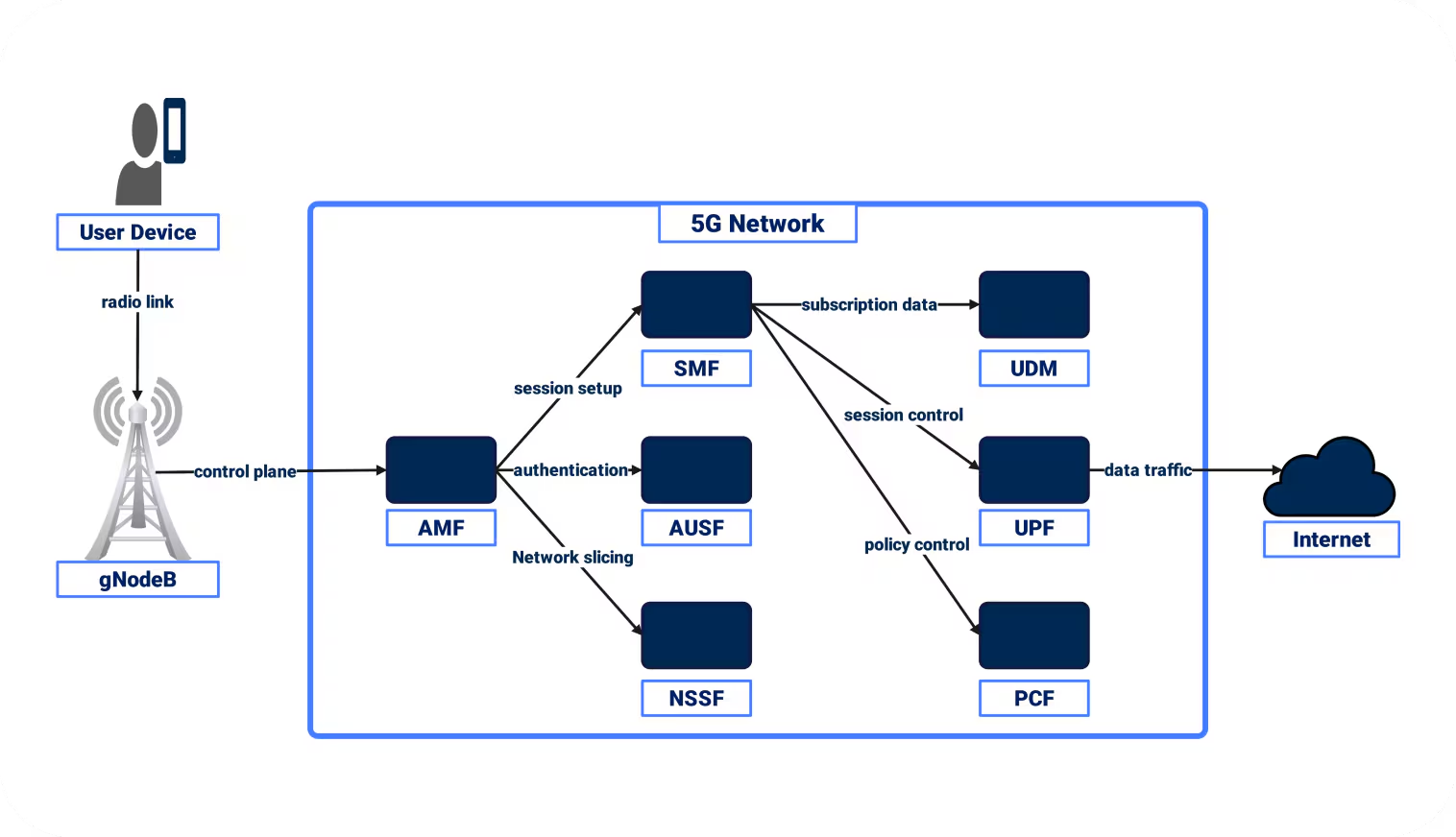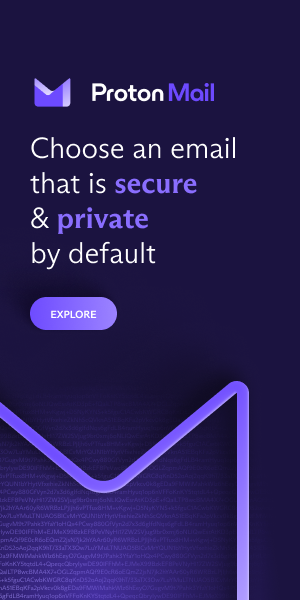The Web has evolved from the clack‑clack of dial‑up to the lightning‑fast, everywhere‑connected 5G era. Now, that transformation is underscored by the announcement that AOL will shut down in 2025, effective 30 September. For three decades, AOL introduced millions to email, instant messaging, and web browsing, turning a handful of home computers into windows on a global stage. Its doors closing marks not just the end of a beloved portal, but the beginning of a new chapter in how we connect, share, and build our digital lives.
Quick Timeline of AOL (1983 – 2025)
| Year | Milestone | Impact |
|---|---|---|
| 1983 | Ameritech launches the first AOL‑style service, “AOL for Windows.” | Pioneered a graphical user interface for dial‑up. |
| 1985 | AOL becomes a public company. | Raised capital for global expansion. |
| 1989 | AOL introduces “AIM” (Instant Messenger). | 30 million users by 1994. |
| 1995 | AOL reaches 15 million subscribers. | Dominates the U.S. dial‑up market. |
| 1998 | AOL buys Time‑Warner. | Becomes a media conglomerate. |
| 2000 | AOL.com becomes the most visited website in the U.S. | 28 % of U.S. households logged in. |
| 2003 | AOL’s dial‑up service still carries 2.5 million lines. | The end of the “dial‑up era.” |
| 2004 | AOL launches a 3G mobile service. | First foray into wireless Internet. |
| 2005 | AIM user base dips to 120 million. | Competition from Skype and later WhatsApp. |
| 2007 | Verizon acquires AOL. | Shift toward advertising and cloud services. |
| 2013 | Verizon Media (AOL) reports €1.1 billion revenue. | Focus moves to mobile, video, and AI. |
| 2018 | Verizon sells a stake in AOL to a private equity firm. | Preparing for a strategic pivot. |
| 2024 | Verizon Media merges with Google, redirecting AOL’s assets to Google Workspace and YouTube. | AOL’s infrastructure repurposed. |
| 2025 | Official announcement: AOL shuts down in 2025, ending the legacy of dial‑up and early web portals. | Marks the end of a 42‑year history. |
Why the Service is Ending
Market forces
Gmail and Facebook have overtaken AOL as primary destinations for email and social networking. AIM, once a staple of online chat, fell from 120 million users in 2005 to a few million by 2020, as newer platforms added encryption and cross‑device sync.
Technological shift
Dial‑up delivered a maximum of 1.2 kbps, a speed that today’s 5G networks surpass by more than 200×. Verizon Media’s 2024 review noted that AOL’s legacy services were no longer scalable in a cloud‑first environment.
Corporate realignment
Verizon Media (now Verizon Media Group) pivoted in 2023 toward video streaming, AI‑driven personalization, and cloud services. Maintaining 1 million modem lines, each costing roughly €150/month, was no longer sustainable. The 2024 merger with Google redirected AOL’s assets toward Google Workspace and YouTube.
What Happens to Users
| Service | New Provider | Action |
|---|---|---|
| Outlook.com / Gmail | Automated wizard preserves labels, attachments, and search indices | |
| Instant Messaging | Telegram / Discord | Export AIM logs, then create a new account |
| Multimedia | YouTube, Twitch, Netflix | Manually re‑add playlists and favorite channels |
| Support | Microsoft Help / Google Help | 24/7 chat support for migration hiccups |
- Full guide: Migrating your AOL email to Gmail
- Internet speed revolution : How China just redefined the future
Economic & Technical Ripple Effects
| Sector | Impact | Quantitative Insight |
|---|---|---|
| Telecom | 1 million modem lines shut, 1 000+ maintenance jobs lost | €150 million annual savings |
| Advertising | €200 million of annual ad revenue lost | 12 % of global banner ad spend (2012) |
| Cyber | €13 million redirected to cloud, 5G, AI | 25 % budget increase for cloud |
| Employment | ~10 000 indirect jobs affected | Support staff, data‑center techs |
Emotional Legacy
“AOL was my first Internet portal. Its shutdown feels like losing a friend.” – User, 2003.

The Future of the Web
5G & the New Network Architecture
- Ultra‑low latency: 1 ms vs 20 ms of dial‑up
- Edge computing: local data processing reduces central server load
- Mesh networks: self‑healing connectivity for rural and disaster‑affected areas
AI‑Powered Messaging
Chatbots in Telegram and Discord deliver context‑aware replies, auto‑translation, and predictive typing. Machine‑learning models flag phishing, malware, and deep‑fake content.
Security Upgrades
Trusted Execution Environments (TEE) and blind computing protect personal data on shared infrastructure. Zero‑trust authentication replaces IP‑based checks, curbing lateral‑movement attacks.
Web 3 & Decentralised Storage
IPFS and Arweave offer immutable, censorship‑resistant storage. Smart contracts automate licensing, royalties, and micro‑transactions for digital creators.

FAQ
| Question | Answer |
|---|---|
| Why did AOL close? | Competition, dial‑up obsolescence, and a strategic pivot toward video and cloud. |
| Are my data still available? | Yes; they were migrated to Gmail or Outlook—check your inbox for a “migration complete” email. |
| What about AOL Communities forums? | Forums are closed; similar discussions now live on Reddit or Discord. |
| Is there a backup plan for migration issues? | Verizon Media and Google provide 24/7 support via chat and phone. |
| What’s the next big messaging trend? | AI‑driven chatbots, end‑to‑end encryption, and Web 3‑based decentralized messaging apps. |
Conclusion
AOL opened a digital doorway for millions, shaping early Internet culture. Its shutdown is not the end but a signal that the web has moved beyond dial‑up to 5G, cloud, AI, and decentralised storage. Foundations such as user authentication, community building, and content monetisation are now being rebuilt on next‑generation platforms.
“AOL fell, but the Internet keeps growing.” – Industry analyst, 2025.





